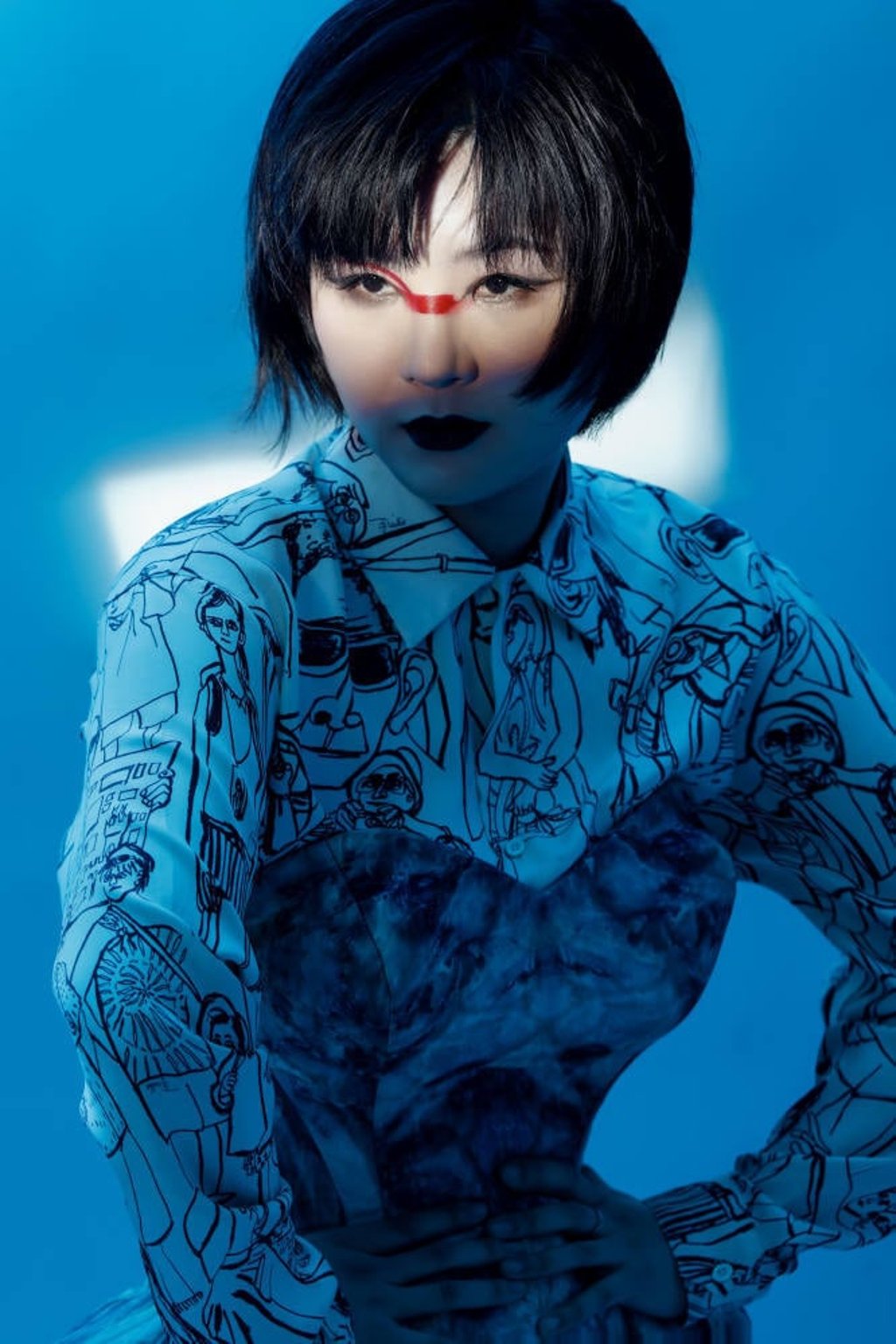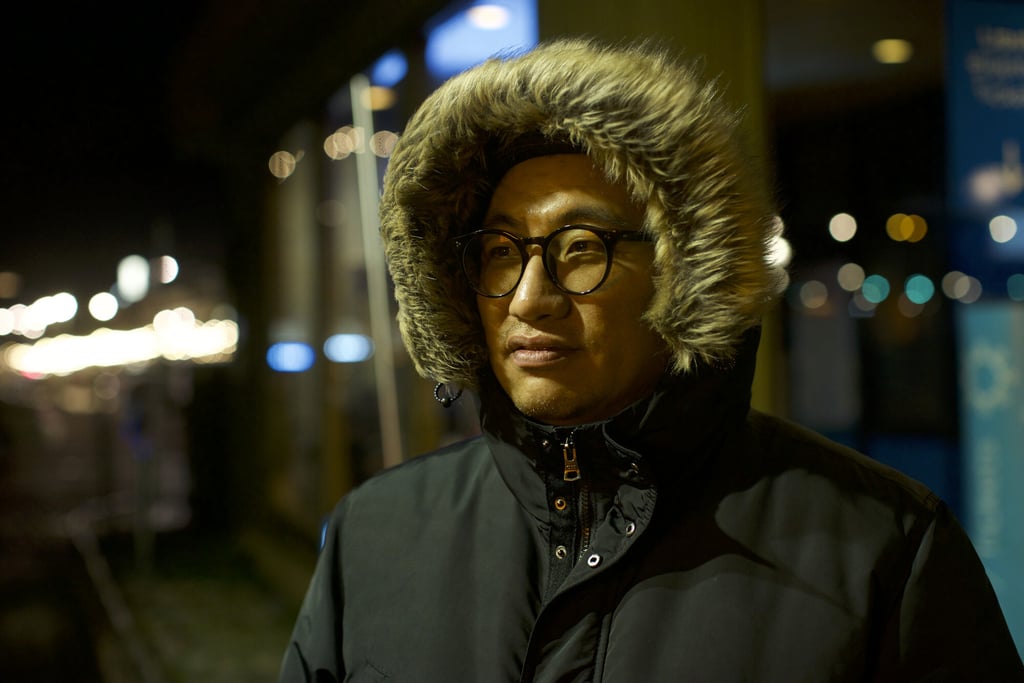What’s next for NFT art? Grimes, Elon Musk’s partner, sold US$6 million worth and many celebrities have jumped on the bandwagon, but what does it mean for the traditional art market?

- NFTs, bought with cryptocurrencies like bitcoin and Ethereum, present unique opportunities for digital artists – but copyright and ownership challenges too
- An attempted sale of Basquiat’s Free Comb with Pagoda was halted by the artist’s estate, and gallerists say the traditional art market will develop ‘in tandem’
Canadian musician Grimes sold US$6 million worth of NFT art earlier this year. Grimes, the partner of Tesla founder Elon Musk, sold her WarNymph collection of digital art in less than 20 minutes on the NFT platform Nifty Gateway. While questions floated around about Grimes’ art and its worth, much of the general public was also left wondering what NFT art is and how it is valued.
“The definitions of what constitutes NFT ‘art’ is still evolving, and is often difficult to distinguish from NFT ‘collectibles’, as these tokens can technically contain anything digital, including art, design, animated GIFs, songs, tweets or items in video games,” explained Anders Petterson, the founder and managing director of art market research firm ArtTactic.

The variety of mediums offered as NFT art means that it attracts a wide cross-section of creators. “Also, the creators themselves have been largely unknown to the traditional art world, and have emerged out of the cryptocurrency, video game and music industry. To define NFT art will probably be as difficult as to define what is art or what is not art,” said Petterson. “I believe as the traditional art world and artists start to embrace NFTs, a clearer picture of how we would define NFT art will emerge. Maybe it will become an art category or a new ecosystem for digital and physical art.”
With the novelty of this new mode of art transaction comes its fair share of contentions surrounding issues such as ownership, copyright and artist integrity
And there is already a lot of buzz around NFTs. “More than anything it’s a stark reminder that art is ever-evolving and thrives even in the virtual world, which is something we never thought would be possible 10 years ago,” said Stéphane Le Pelletier, the Asia Pacific director of Opera Gallery. He feels NFT art provides a platform and an additional source of revenue for artists while creating a virtual space for creatives to share their work in ways that are more accessible than ever.
“Scarcity is what drives prices and blockchain allows for it,” said Clare McAndrew, a cultural economist and author of the Art Basel and UBS Global Art Market Report. “With so many people stuck online since last year, it is also the perfect storm for the NFT art market to flourish.”
The trend is not without its problems, however, especially for art galleries. “With the novelty of this new mode of art transaction comes its fair share of contentions surrounding issues such as ownership, copyright and artist integrity,” said Le Pelletier. “We hear about works tokenised into NFT without the original artists’ consent, allowing minters to profit off the work without the permission of the copyright holder. An example being the attempted sale of a digital copy of Basquiat’s Free Comb with Pagoda, which was quickly intervened by Basquiat’s estate.”

These factors give pause to many, like Le Pelletier, at least for now. “NFT art is not something that we would like to dive into just yet, due to the uncertainty and lack of regulations surrounding NFTs. Our current inventory includes modern and contemporary artworks, many of which are masterpieces that cannot and should not be replicated in any form,” said Le Pelletier. “There is a lot more work to be done before we can safely and sustainably move into the digital realm … As for the future, who knows what art in the digital age has to offer?”